US States Motorcycle Helmet Laws?

Brief History of US Motorcycle Helmet Law
Way back in 1966 the US Congress attempted to establish universal motorcycle helmet usage by passing a law that essentially incentivized the states to establish state level laws requiring motorcycle helmet usage.
You see, like a lot of governmental issues, the US Federal Government doesn’t have the authority/jurisdiction to establish motorcycle helmet usage laws and so such issues are regulated by the 50 US states. As such, the states establish their own laws by their own political processes.
Yet, the action taken by the US Congress in 1966 was a “carrot & stick approach” to lead the states towards establishing such motorcycle helmet usage laws and as a reward for doing so, the states that complied were offered federal funding (and as a “stick” for not following suite, states were penalized in different ways).
Many states followed suite and as a result, at one point 47 US states had enacted laws that essentially required all motorcycle operators (drivers) and passengers to wear motorcycle helmets at all times while operating the vehicle.
This 47-state total represented a high-water mark that has receded over time because approximately 11-years after that act by the US Congress, in 1975 the US Congress removed the penalties for non-compliance.
And so many states then began to contemplate and in many cases, establish laws that provided for exceptions (e.g., allowing a motorcycle operator/passenger to have the right to legally decline helmet usage if the driver of the vehicles has reached an age threshold) to the helmet law.
Now, nearly 5 decades after the penalties were removed, less than half of the US states have retained that universal motorcycle helmet usage law and a majority of states allow for exemptions.
So currently, all US states can be classified as having one of three types of state motorcycle helmet laws:
- 6% have NO HELMET USAGE LAW (3 of the 50 states)
- 36% have UNIVESAL HELMET USAGE REQUIREMENTS (No exemptions. 18 of 50 states)
- 58% have HELMET USAGE REQUIRMENTS WITH EXEMPTIONS (29 of 50 states)
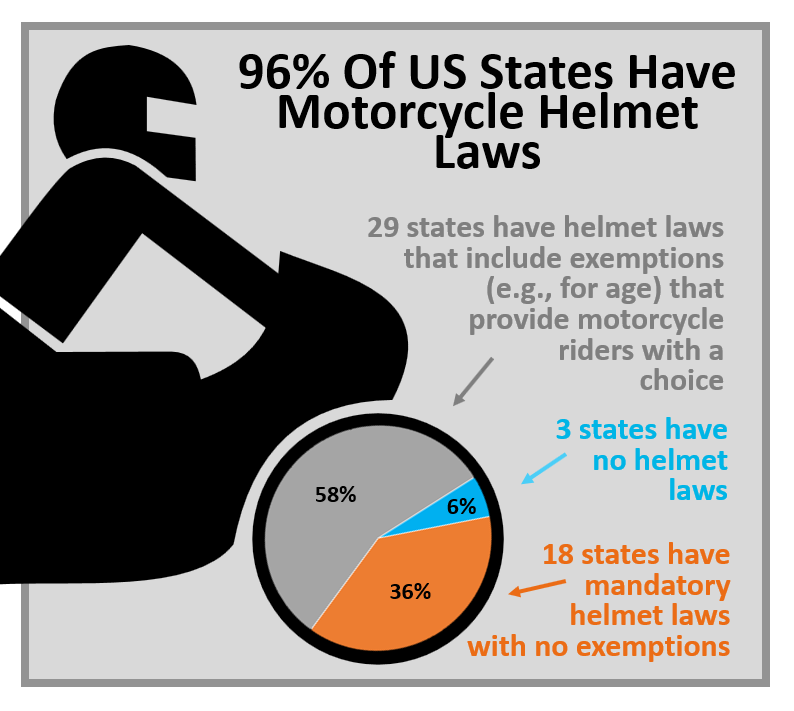
So Which US states have motorcycle helmet laws?
The information below analyzes the laws of the 94% of the US states that have motorcycle helmet usage laws on the books and breaks.
Section 1 below, looks at states in the most common grouping above – the 56% that have helmet usage requirements but allow for exemptions.
There are many nuances these state laws that permit exemptions that allow a operator/passenger to legal decline to wear a helmet either after a certain age has been reached, or if an experience level of the operator has been reached (e.g., if the operator has gone beyond a simple motorcycle driver’s permit and earned a motorcycle driver’s license (or motorcycle driver’s endorsement added to their license as many states do), or if the operator has a certain level of health insurance (e.g., as an example, both Florida and Texas require medical insurance).
So in essence, when you analyze the data there are four major groupings along the spectrum of US motorcycle helmet usage laws. On one end of the spectrum we have the very, very, small handful of states that literally have no motorcycle helmet usage law (three US states to be precise do not have any law regarding the usage of a motorcycle helmet while operating or as a passenger of a motorcycle).
On the other end of the spectrum there a large number of states that have retained the universal motorcycle helmet usage law (20 states to be precise). And in between these two extremes along the spectrum there are many different degrees of exemptions allowed.
Section 2 below, looks at the states in the second most common grouping – the 38% that have universal helmet usage requirements and allow for no exemptions. We’ll list the 18 states that choose this approach to requiring their state’s motorcycle operators/passengers with no exemptions.
Note: we do not cover the 6% of the states that currently have no motorcycle helmet law in this article. However, if you’d like to learn more about this small handful of US states, visit our article on Three US States With No Motorcycle Helmet Laws.
So with that, let’s start with an analysis of those states that allow for exemptions.
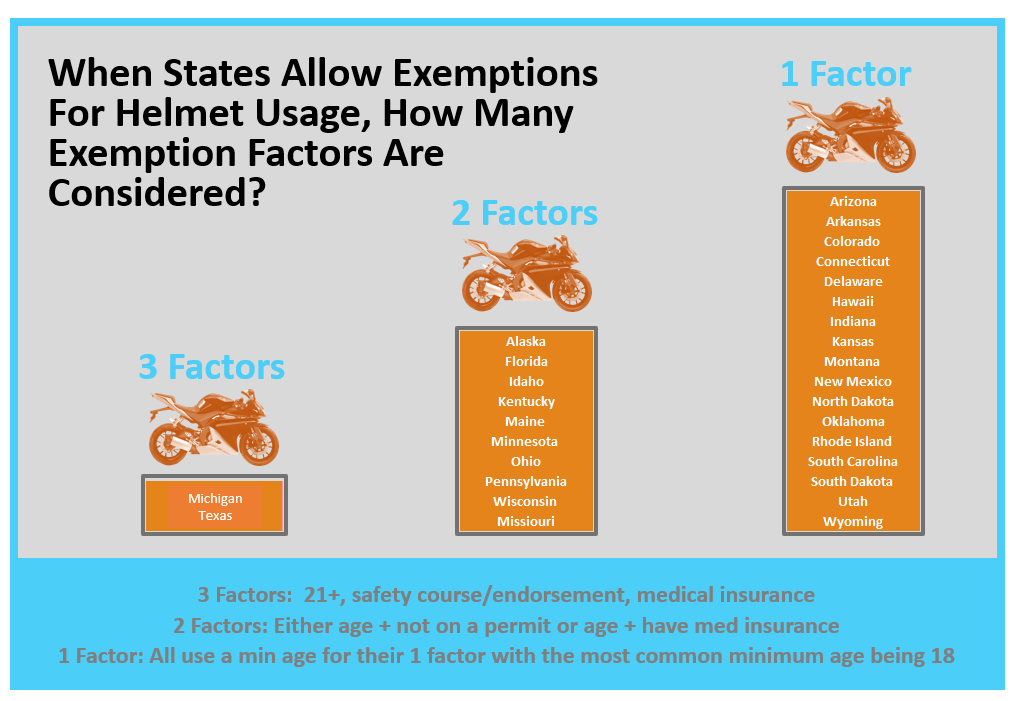
SECTION 1: So which US states allow exemptions to motorcycle helmet usage?
The exemptions (i.e., the rules that allow operators/passengers to legally decline to wear a helmet while on an operating motorcycle generally fall into three different groupings.
Exemption Grouping Number One (single exemption factor)
The least complex exemption grouping are those states establish a SINGLE AGE FACTOR as the only requirement to allow operators/passengers to have the right to legally decline to wear a motorcycle helmet. There are currently 17 US states that fall into this grouping (once again, these states simply have one factor for consideration – the age of the operator/passenger).
Those states are: Arizona, Arkansas, Colorado, Connecticut, Delaware, Hawaii, Indiana, Kansas, Montana, New Mexico, North Dakota, Oklahoma, Rhode Island, South Carolina, South Dakota, Utah, and Wyoming. On average the age requirement to be able to decline using a motorcycle helmet is 18 yet some states uses other age factors such as 19, and 21.
Now since this group of 18 states uses different age limits for its single deciding factor, let’s break those down in percentages and list the states in each of these groupings:
- 70% use 18 as the age requirement. The 12 states using the only the requirement to be 18 years of age to decline helmet use are: Arizona, Colorado, Connecticut, Hawaii, Indiana, Kansas, Montana, New Mexico, North Dakota, Oklahoma, South Dakota, and Wyoming)
- 24% use 21 as the age requirement. The 4 states using 21 as the limit are Arkansas, Rhode Island, South Carolina, and Utah.
- 6% (a single state) use 19 as the age requirement. That single state is Delaware.
Exemption Grouping Number Two (Two Exemption Factors)
The next grouping are states that use two factors to allow a operator/passenger to have the right to legally decline to wear a motorcycle helmet. There are 10 states that use two exemption factors.
Those states are: Alaska, Florida, Idaho, Kentucky, Maine, Minnesota, Ohio, Pennsylvania, Wisconsin and in 2021 Missouri joined this group as the newest state to switch from a mandatory/universal helmet law to a two exemption state.
Now the two exemption factors these states use vary with but 7 of the 9 of two exemption factor states use the age requirement and the permit/license factor as their two factors.
In other words, in these states, the operator/passenger must be of a certain age and also the operator must have earned his/her motorcycle driver’s license and not simply be on a motorcycle operators permit. The three outliers are Florida, Missouri, and Pennsylvania.
Florida for example, does use the age factor (21) but doesn’t have the permit/license factor and instead uses a medical insurance factor for its second consideration. Missouri’s newly minted (2020) helmet law established two factors – the operator/passenger must be at least 26 years of age (by far the highest age limit for helmet choice in the US) and must have medical insurance.
And finally, Pennsylvania also has the age factor (21) and yet has a driving experience/safety course consideration meaning that the motorcycle operator must have 2-years experience operating a motorcycle and/or have taken a state approved motorcycle safety course.
So the three groupings within the two exemption factor group look like this:
- 70% of the states (7 of 10) use an age factor and the permit/license factor. These states and their requirements are Alaska (18), Idaho (18), Kentucky (18), Maine (18), Minnesota (18), Ohio (18), and Wisconsin (18).
- 20% (2 of 10) uses an age factor and a medical insurance requirement. Florida and Missouri have a minimum age factor (21 for Florida and 26 for Missouri) and both states require medical coverage on the operator/passenger in order to be able to legally decline to wear a motorcycle helmet
- 10% (1 of 10) uses an age factor and a motorcycle driving experience/safety course factor. Pennsylvania requires that operators/passengers be at least 21 years old and have operated a motorcycle for at least 2-years and/or have completed a Pennsylvania authorized motorcycle safety course in order to be able to legally decline to wear a motorcycle helmet
Exemption grouping number three (three exemption factors)
The next grouping belongs to two states that utilizes three exemption factors to allow its motorcycle operators/passengers to legally decline to use a motorcycle helmet.
That two states are Texas and Michigan. Both Michigan and Texas requires that operators/passengers be at least 21 years of age, have completed a motorcycle safety course (MI allows simply a motorcycle endorsement and/or a motorcycle safety course), and also have medical insurance in order to have the right to decline to use a motorcycle helmet (MI specifies that the amount of coverage must be at least 20%).
Section 2: So Which states have universal motorcycle helmet usage requirements with no exceptions?
There are 18 states that require universal (all motorcycle drivers/passengers) helmet usage and those states are as follows:
| Alabama |
| California |
| Georgia |
| Louisiana |
| Maryland |
| Massachusetts |
| Mississippi |
| Nebraska |
| Nevada |
| New Jersey |
| New York |
| North Carolina |
| Oregon |
| Tennessee |
| Vermont |
| Virginia |
| Washington |
| West Virginia |
Visit our map of us motorcycle laws for an illustration of motorcycle helmet laws across the USA
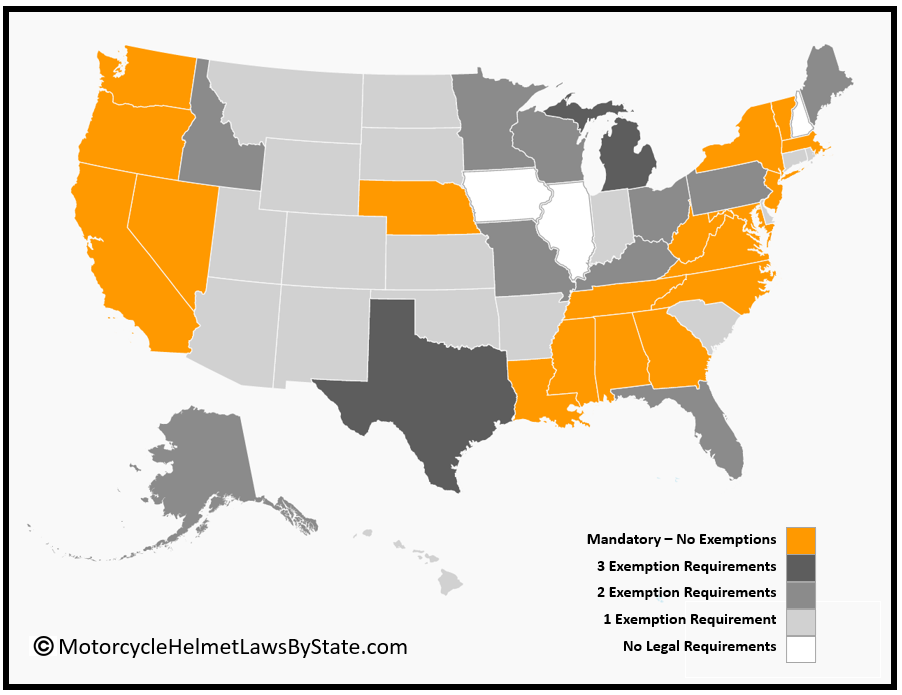
Additional Motorcycle Helmet related info
Just like every motorcycle rider is different, so are those riders’ head shapes. And, as such, I’m sure you can imagine, if a helmet fits tighter on some areas of your head and looser on others resulting in unbalanced pressure points, that could negatively impact the safety benefits of using a helmet if that helmet (and head) is involved in a high energy impact event. For this reason, the federal government has come up with a guide to help motorcycle riders – Choose the Right Motorcycle Helmet.
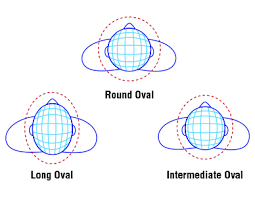
Every responsible motorcycle rider knows, with riding motorcycles come added personal safety risks – they know that, they accept that. Yet, those same riders often times don’t know or have simply forgotten those precious few motorcycle safety tips that could save their lives. So, for those riders (which is just about all of us), take just a FEW MINUTES to look over this list of the Top 10 Motorcycle Safety Facts Every Motorcycle Rider Should Know … it could SAVE YOUR LIFE!!!
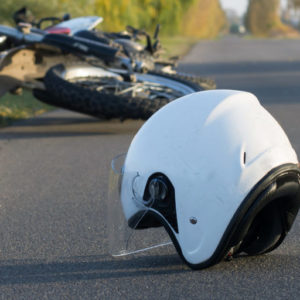
Updates and corrections welcome
The current state of motorcycle helmet laws across the 50 US states is something that changes over time and has nuances that often are not described well by available governing resources. Therefore, if at any time you see something on this site that you feel is inaccurate we will welcome that information and take appropriate action if you will simply give us the information and the source(s) of motorcycle helmet law information you have. We do ask that you provide us with an authoritative source of information such as a government website or government office we can contact as non-government sources can provide information that simply is not verifiable. Either way, we hope you help keep this free and voluntary site of US motorcycle helmet law state information as valuable as possible.
